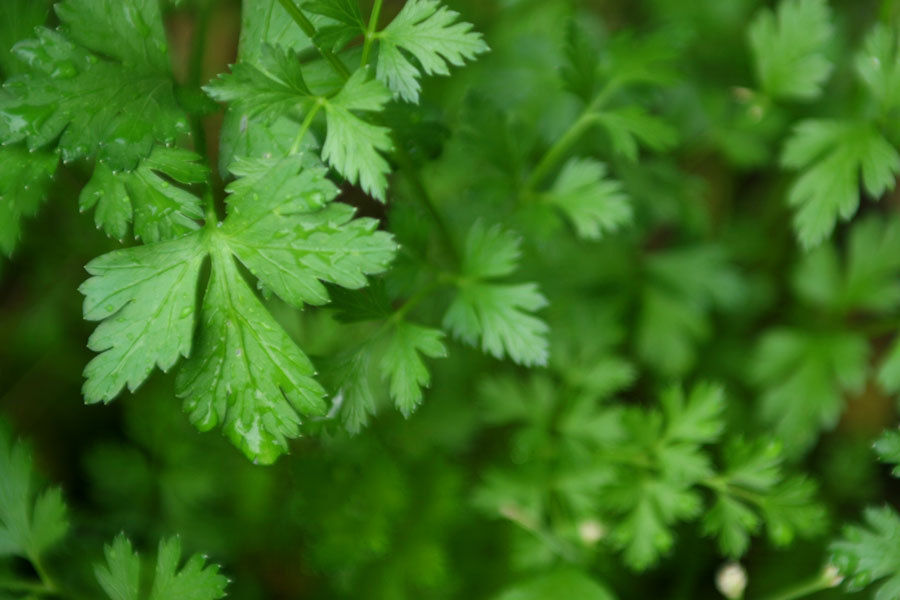
Ди Ем Си Трейд ЕООД
FACTS:
ABOUT ORGANIC FOOD
Organic crops are grown without toxic pesticides or growth hormones. The soil is usually enriched by natural mineral fertilizers only. Instead of pesticides, organic farming relies on beneficial insects that eat harmful insects. Plus, they also use a nifty farming technique called "crop rotation" to rob insects of food and prevent weeds from developing.
Advantages of Organic Food
Nutrition - Organic food is rich in vitamins, minerals and enzymes which will help your body fight off infections more effectively.
Toxin-Free - Since It is pesticide-free, it lowers the risk of cancer and certain birth defects.
Taste - Organic products tend to taste better than non-organic ones. For example, a study by Washington State University in 2001 claimed that organic apples were sweeter and had firmer texture, compared to those of conventional farming.
Environment - Organic farming is better for the environment since it does not use toxic chemicals that will run off to pollute soil and water. Also, it promotes a use of the land that will maintain richness in the soil for the next generations.
Downsides of Organic Food
Cost - Organic food usually costs 10% - 40% higher than non-organic products because of the following reasons: 1.) They are produced on a smaller scale and usually must be cultivated by hand, and that labor is expensive. 2.) Farmers need compensations for their lower yields, as some of their crops are lost to insects and animals. 3.) It is also more expensive to raise animals humanely than to keep them in small pens and cages. Pasture raised animals require a lot of space, and supplementing their grazing with organic feed costs a lot more than simply feeding them the least-expensive non-organic grain available.
Appearance - Organic fruits and vegetables tend to have imperfections. But keep in mind; don't let looks fool you.

CUCUMBERS:
GROWING PROCESS
Plants grown in modern production facilities are Organic Seeds which enable earlier cropping and are suitable for more intensive production systems. They also provide enhanced tolerance to plant pathogens such as mildew, effectively reducing growers’ reliance on intensive fungicidal spray programmes and creating a more favourable environment for the establishment of biological control agents.
Crops are grown in high quality Venlo-style glasshouses with computer controlled environments enriched with carbon dioxide to improve growth and yield. Day time temperature is maintained at a minimum of 21ºC via hot water pipe systems and the atmosphere is automatically ventilated at 23 – 24ºC.
Plants are grown in a Natural peat. This substrates is sterile and free from inherent disease problems. Nutrients are applied as liquid feeds through computer controlled irrigation systems.
Cucumbers are usually grown by the cordon training technique:
The main stem is trained up a vertical string that is tied to a horizontal support wire positioned about 2m above the ground. Side shoots are removed from the main stem until it reaches the support wire.
Three strong lateral shoot are then selected and the main growing point is removed.
The side shoots are allowed to cascade downwards to a length of about 1m and their growing points are removed to encourage “sub-lateral” shoot development.
Crop is performed every 7 – 14 days when any additional unwanted side shoots are removed.

Export for the EU countries.
At the present moment we export only Cucumbers, the transport and all certificates are included.
Contact us for more info please.
’ORGANICOM’ is a Greenhouses bigger than 4 Hectares located in Eco clean region near Stara Planina in Bulgaria.
We created the most advanced in technological aspect and modest Greenhouse on the Balkans. Our Fully Automatic process is oriented strictly for biological/organic production. Build it for 6 months with our own machinery and staff.
SERVICES

BIOLOGICAL CONTROL
‘Biological control’ is a method of managing pest and disease populations in crops by utilizing their natural enemies rather than synthetic chemicals.
Biological control is usually used as part of an integrated pest management (IPM) programme.
While largely based on biological techniques, IPM also draw on physical and cultural control measures integrated with strategic applications of target specific and short persistence pesticides. There are now many biological products available to growers including parasites and predators, as well as fungi, nematodes and bacteria. Physical controls include the use of screens, traps and barriers, while cultural controls make use of tolerant cultivars, good hygiene practices and manipulation of the growing environment. The key to success is to understand how to use these products singly or in combination to maintain the pest populations below economic damage thresholds.

